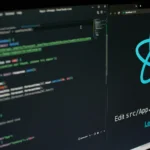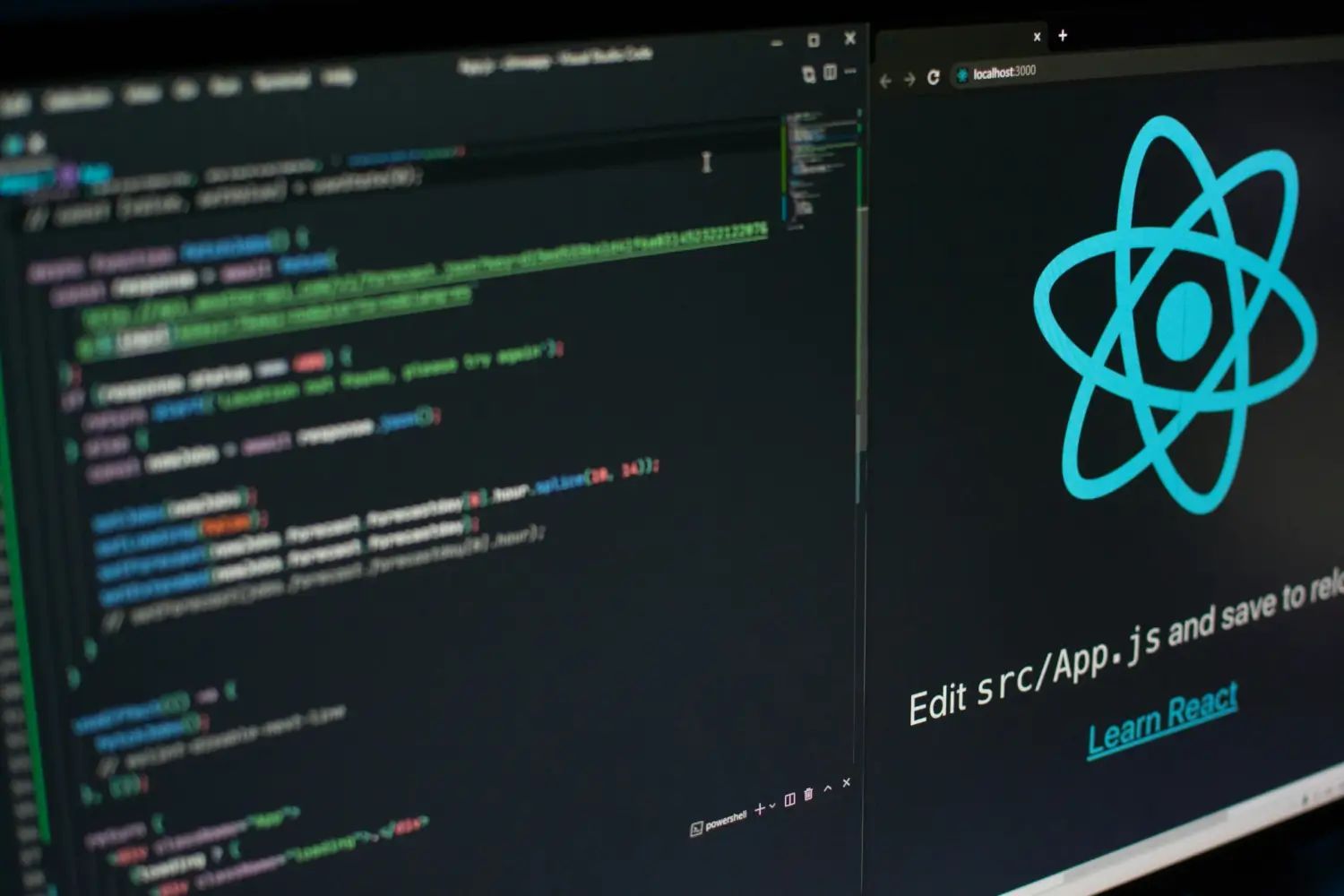JavaScript has come a long way since its inception in 1995. Over the years, it has evolved into a powerful language that drives dynamic and interactive web applications. Here’s a snapshot of its current state:
- Framework Diversity:
- JavaScript frameworks have proliferated, catering to various use cases. In 2024, popular choices include:
- React.js: Continues to dominate front-end development with its component-based architecture and efficient Virtual DOM.
- Vue.js: Known for its simplicity, progressive adoption, and seamless integration.
- Angular: A comprehensive framework by Google, suitable for large-scale applications.
- Node.js: Empowers server-side development and asynchronous programming.
- Svelte: A compiler-based framework that optimizes performance.
- Next.js: Ideal for server-rendered applications.
- Ember.js, Backbone.js, and Gatsby: Each serving specific niches.
- JavaScript frameworks have proliferated, catering to various use cases. In 2024, popular choices include:
- Choosing the Right Framework:
- Developers must consider project requirements:
- Learning Curve: Some frameworks are easier to grasp than others.
- Community Support: Robust ecosystems and active communities enhance development.
- Flexibility and Modularity: Choose based on your project’s needs.
- Performance: React, Angular, and Vue.js offer comprehensive documentation and performance optimizations.
- Developers must consider project requirements:
- WebAssembly Integration:
- The future of JavaScript frameworks involves integration with WebAssembly (Wasm).
- Wasm allows running low-level code in browsers, enhancing performance and enabling complex computations.
- Server Components and Edge Computing:
- JavaScript frameworks are moving towards server components.
- Edge computing leverages client-side processing, reducing server load and latency.
- Micro Frontends and AI:
- Micro frontends break monolithic applications into smaller, manageable parts.
- AI-driven enhancements improve user experiences.
Use Cases Where JavaScript Excels
- Single-Page Applications (SPAs):
- JavaScript frameworks excel in building SPAs, where seamless navigation and dynamic content are crucial.
- React, Vue.js, and Angular provide tools for efficient SPA development.
- Real-Time Applications:
- Chat applications, collaborative tools, and live dashboards rely on real-time updates.
- Node.js, with its event-driven architecture, is ideal for building real-time features.
- Websites with Streaming Media:
- Netflix, YouTube, and other media-heavy sites benefit from JavaScript’s ability to handle streaming content.
- Interactive Forms and Validations:
- JavaScript enhances user interactions in forms, ensuring smooth input validation and feedback.
- Mobile Apps and Progressive Web Apps (PWAs):
- React Native and frameworks like Ionic allow building cross-platform mobile apps using JavaScript.
- Dynamic Content Loading:
- Single-page applications load content on demand, improving performance.
- Next.js and Gatsby optimize content delivery.
Building a To-Do List App: Step-by-Step Tutorial
1. HTML Structure:
Start by creating the basic HTML structure for your app. We’ll have an input field to add tasks and a list to display them.
<!DOCTYPE html>
<html lang="en">
<head>
<meta charset="UTF-8">
<meta name="viewport" content="width=device-width, initial-scale=1.0">
<link rel="stylesheet" href="styles.css">
<title>My To-Do List</title>
</head>
<body>
<div class="header">
<h2>My To-Do List</h2>
<input type="text" id="myInput" placeholder="Enter a task...">
<span onclick="addTask()" class="addBtn">Add</span>
</div>
<ul id="myUL"></ul>
<script src="script.js"></script>
</body>
</html>
2. CSS Styling:
Create a styles.css file and add the following styles to make your app look nice:
/* styles.css */
/* Header styling */
.header {
background-color: #f44336;
padding: 30px 40px;
color: white;
text-align: center;
}
/* List item styling */
ul li {
cursor: pointer;
position: relative;
padding: 12px 8px 12px 40px;
background: #eee;
font-size: 18px;
transition: 0.2s;
}
/* Checked items */
ul li.checked {
background: #888;
color: #fff;
text-decoration: line-through;
}
/* Close button styling */
.close {
position: absolute;
right: 0;
top: 0;
padding: 12px 16px 12px 16px;
}
/* Hover effect for close button */
.close:hover {
background-color: #f44336;
color: white;
}
3. JavaScript Logic:
Create a script.js file and add the following JavaScript code:
// script.js
// Function to add a new task
function addTask() {
const inputValue = document.getElementById("myInput").value;
if (inputValue.trim() === "") return; // Don't add empty tasks
const li = document.createElement("li");
li.appendChild(document.createTextNode(inputValue));
// Add a close button
const span = document.createElement("SPAN");
span.className = "close";
span.appendChild(document.createTextNode("\u00D7"));
li.appendChild(span);
// Handle task completion
li.onclick = function () {
this.classList.toggle("checked");
};
// Handle task deletion
span.onclick = function () {
const listItem = this.parentElement;
listItem.style.display = "none";
};
document.getElementById("myUL").appendChild(li);
document.getElementById("myInput").value = "";
}
4. Testing Your App:
Open your HTML file in a browser. You can now add tasks, mark them as completed, and delete them by clicking the close button.
Congratulations! You’ve built a simple To-Do List app using HTML, CSS, and JavaScript. Feel free to enhance it further by adding features like local storage or due dates. 🚀
Remember to adjust the styling and functionality according to your preferences. Happy coding! 😊
JavaScript Learning Roadmap for Beginners
1. Basics of JavaScript:
- Understand variables, data types, control structures, and functions.
- Resources:
- MDN JavaScript Basics
- Eloquent JavaScript
2. Core Concepts:
- Dive deeper into arrays, strings, numbers, and objects.
- Learn about asynchronous programming.
- Resources:
- MDN JavaScript Guide
- You Don’t Know JS (Book Series)
3. Web APIs and DOM Manipulation:
- Explore client-side web APIs and how to manipulate the Document Object Model (DOM).
- Resources:
- MDN Client-side Web APIs
- JavaScript.info
4. Building Projects:
- Apply your knowledge by building small projects.
- Experiment with CSS and HTML integration.
- Resources:
5. Advanced Topics:
- Learn about closures, promises, and ES6 features.
- Explore frameworks like React, Vue, or Angular.
- Resources:
Frontend Developer Roadmap
- HTML/CSS Basics:
- Learn HTML tags, CSS selectors, and styling.
- Resources:
- MDN HTML Basics
- MDN CSS Basics
- Responsive Design:
- Understand media queries and responsive layouts.
- Resources:
- JavaScript Frontend Frameworks:
- Choose React, Vue, or Angular.
- Build dynamic web applications.
- Resources:
- React Official Documentation
- Vue.js Official Guide
- Angular Getting Started
- Project Building:
- Create portfolio projects.
- Collaborate on open-source projects.
- Resources:
- GitHub
Backend Developer Roadmap
- Node.js Basics:
- Learn about Node.js, npm, and package management.
- Resources:
- MDN Introduction to Node.js
- Express.js:
- Build RESTful APIs using Express.
- Understand routing and middleware.
- Resources:
- Express.js Official Documentation
- Databases:
- Explore MySQL, MongoDB, or PostgreSQL.
- Learn about database design and queries.
- Resources:
- Authentication and Security:
- Implement user authentication and authorization.
- Understand security best practices.
- Resources:
- Passport.js
- Deployment and Scaling:
- Deploy applications using Heroku, AWS, or other platforms.
- Optimize performance and scalability.
- Resources:
- Heroku
Remember, practice is key! Build real-world projects, contribute to open-source, and keep learning. Good luck on your journey! 🚀
JavaScript remains at the forefront of web development, powering rich user experiences and driving innovation. As we move into 2024, its role will continue to evolve, shaping the digital landscape for years to come. 🚀🌐


